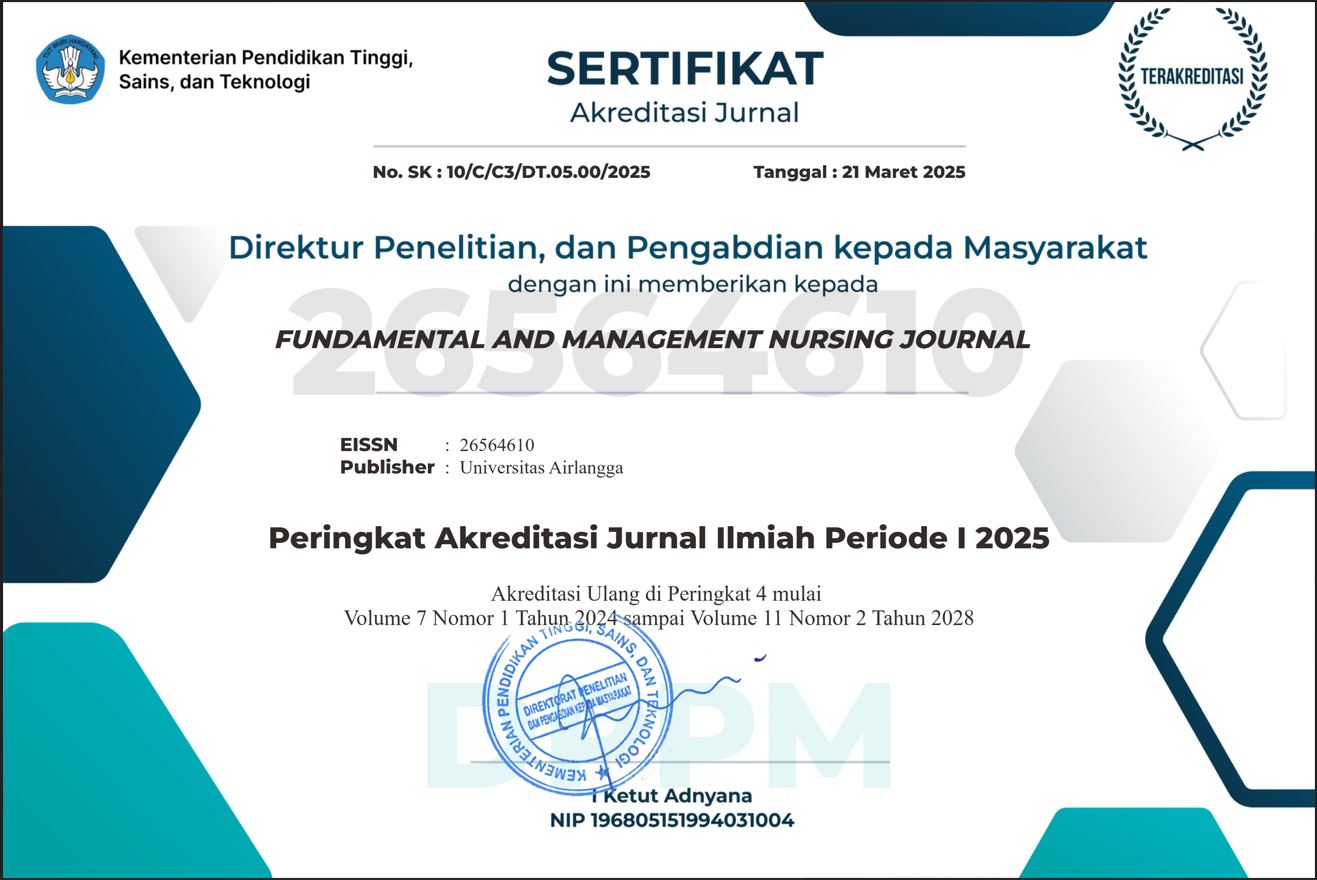The Perceived Facilitators and Barriers of Research Production among Members of an Online Research Community of Practice
Introduction: Nurses, a vast portion of the healthcare workforce, have made a low contribution to achieving healthcare organizational visions and strategies in producing research. The study aimed to identify the facilitators and barriers to research production among members of a community of practice (CoP).
Method: This study utilized a descriptive qualitative research design, conducting a focus group discussion. Those members were provided with education, mentorship, and support over 12 months from January 2023 to January 2024. h a convenience sample of 21 members from the targeted CoP.
Results: The online CoP provided members with several opportunities to compensate for any deficit in the existing individual, social, and organizational support system. However, the study highlighted several barriers to research among the community members, including individual factors, i.e., time limitations and lack of member’s knowledge and expertise, social factors, i.e., lack of collaboration among colleagues, and organizational factors, i.e., lack of organization and unit support, resources, and workload.
Conclusion: The study revealed satisfactory progress in the members' research projects and recommended extending their learning and training period. The study suggests extending the members' education and training period, including psychological preparation, and providing them with additional skills such as persuasion, negotiation, and interpersonal skills to overcome existing research barriers. Moreover, further studies are required to assess the long-term impact, for example, after one or two years of the online CoP on members' research productivity. Further research to explore the facilitators and barriers of research production among CoP members in various contexts.
1. INTRODUCTION
(Ghaffar & Khan, 2014)found a positivecorrelation between research and development (R&D) and organizational performance. However, organizational research productivity is low in many countries that expend less on research and development (R&D)(UNESCO Institute for Statistics, 2020).(Ven, 2005)argued that academic research had fewer benefits for solving practical problems in organizations as these studies addressed theoretical gaps rather than practical organizational problems.
In healthcare,(Ellenbecker & Edward, 2016)emphasized that nurse researchers play a crucial role in enhancing knowledge and providing evidence to inform and advance health policies, ultimately aimed at improving national health outcomes.(Balay-odao et al., 2024)found that research culture among nurses influence their behavior and performance by helping in research information and learning, flexibility and adaptability, collaboration and communication, influence staff nurses' research participation, including leadership strategies, training and professional development, and affect hospital's adaptation to change, including organizational performance and success, employee engagement and job satisfaction.
Nevertheless, nurses in Arab countries produced less than 1% of global nursing and midwifery research output between 1950 and 2017(Sweileh et al., 2019).(Wehbe-Alamah et al., 2024)found in a systematic review that nursing research in Arab countries has evolved over the past decades but is low compared to other countries, and was mainly produced by academic scholars due to tenure and promotion requirements. However,(Sweileh et al., 2019)claimed that nursing research is still in its infancy, lagging in quantity and quality compared to developed countries.
The study focused on identifying the barriers and facilitators of research utilization in clinical settings, as(Abuhammad et al., 2020)in Jordan,(González-García et al., 2020)in Spain,(Wang et al., 2013)in China, and many others. However, few researchers explored the facilitators and barriers to research production.(Al Amiri & Al Qawasmeh, 2021)identified several individual variables that could affect research learning and productivity in nonacademic organizations, including self-efficacy, i.e., people's beliefs about their capabilities to produce research and their beliefs about their influence over events and the selfdetermination, i.e., motivation, including orientation, sense of responsibility, sense of achievement, interest, and ambition, competence, autonomy, and psychological relatedness.(Bandura, 1994)defined selfefficacy as people's beliefs about their capabilities to produce designated levels of performance that demonstrate their influence over events.(Bandura, 1977)(Bandura, 1994)emphasized that self-efficacy affects people's cognitive, motivational, affective, and selection processes. Additionally, the self-determination theory examines how social contexts and individual differences facilitate different types of motivation, including autonomous motivation, which is related to specific self-values, and controlled motivation, which is related to external reward or punishment and, in turn, predicts the learning, performance, experience, and psychological health(Deci & Ryan, 2015)(Ryan & Deci, 2000). Moreover, the selfdetermination theory emphasizes that all human beings have three basic psychological needs, i.e., competence, autonomy, and relatedness, for effective functioning and wellness(Deci & Ryan, 2015).
On the other hand, the literature disclosed the critical role of social factors in learning.(Bandura, 1977)proposed the social learning theory, which assumes that modeling influences learning through its informative functions. It provides observers with symbolic representations of modeled activities rather than specific stimulus-response associations. Furthermore,(Lave & Wenger, 1991)introduced the situated learning theory, which demonstrates that learning is a process that occurs in a participation framework, the CoP, and is distributed among several active participants rather than individual minds. CoPs are groups of people who share a concern or a passion for something, implying a shared practice through regular interaction, and can exist anywhere, including in the workplace(Wenger, 1998)(Wenger, 2004).
The literature disclosed several reasons associated with this limited contribution, including a lack of knowledge in research, training, funding, incentives, and poor motivation to conduct research(Brysiewicz & Oyegbile, 2021)(González-García et al., 2020).(Hendricks & Cope, 2017)added that research language and terms are difficult to understand and apply.(Mulkey, 2021)pointed out that knowledge and attitudes play a significant role in nurse's contribution to clinical research. Increased research involvement and application of evidence-based practice inform high-standard care. Alternatively, the lack of research opportunities at the academic and clinical levels was identified as a challenging factor that influenced nurse's engagement in research(Bench et al., 2019). Preferably, to build research experiences by encouraging nursing students to engage in research during their training(Mulkey, 2021).
On the other hand, the literature emphasized the organization's role in enhancing research capacity. In healthcare,(Gifford et al., 2018)stressed that organization leaders must appreciate the research process, offer the needed time and resources, and recognize and promote nurses involved in research.(Moore & Tierney, 2019)emphasized that organizations should remove hindering challenges.(Waddell & Semciw, 2019)highlighted that the lack of administrative, information technology, and managerial support negatively impacted the participation of healthcare professionals in research.(Abuhammad et al., 2020)added that organization leaders must also support a research-oriented mindset of their nurses by offering related continuing development programs for current and newly engaged nursing staff.(Ramón et al., 2022)claimed that nurse managers and nurse leaders should provide resources, such as time, financial incentives, promotions, technical support, and an adequate environment to facilitate the development of nursing research. Moreover,(Lode et al., 2015)concluded that organizations must establish a research culture to construct a nursing research capacity that enhances the nurses' ability to conduct and apply research in their clinical practice.(Polit & Beck, 2012)claimed that healthcare service
Copyright (c) 2025 Nabeel Al Amiri, Khaled Al Qawasmeh, Shimol Johnson, Rania Alayli

This work is licensed under a Creative Commons Attribution 4.0 International License.
1. The journal allows the author to hold the copyright of the article without restrictions.
2. The journal allows the author(s) to retain publishing rights without restrictions.
3. The legal formal aspect of journal publication accessibility refers to Creative Commons Attribution (CC BY).
















